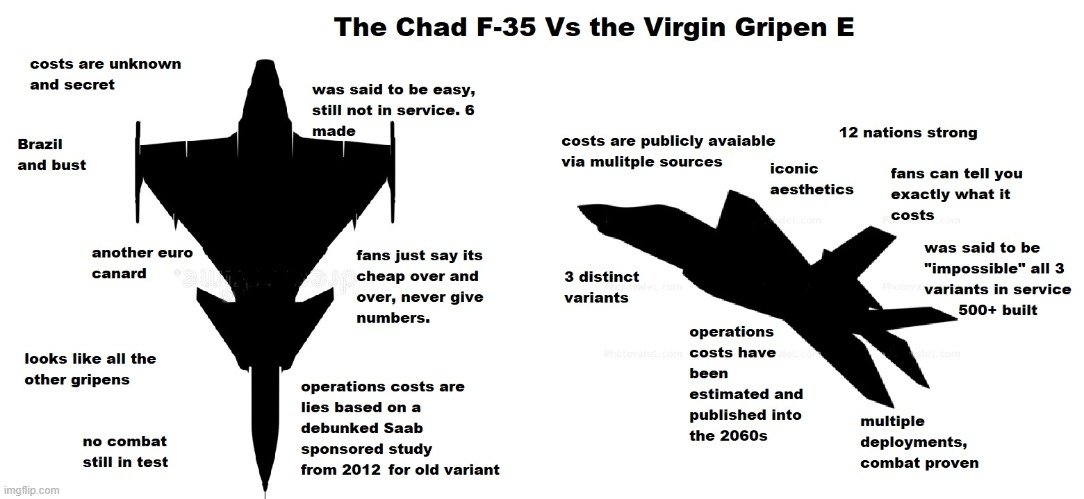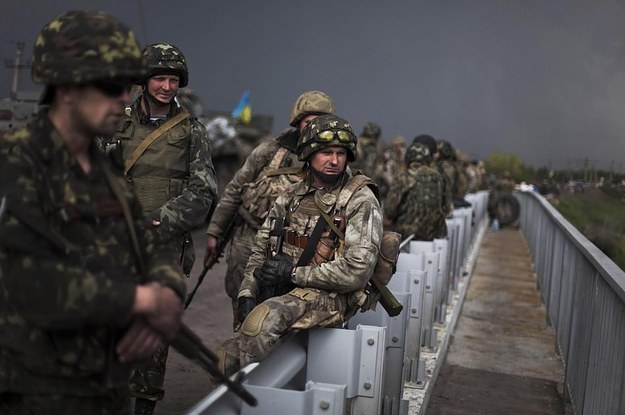Evaluating The Feasibility Of A Combined Swedish-Finnish Defense

Table of Contents
Historical Context and Current Geopolitical Landscape
The relationship between Sweden and Finland has been complex, marked by periods of both cooperation and conflict, stemming from their shared history and geographical proximity. While Finland was once part of the Swedish kingdom, their paths diverged, leading to periods of separate development and even wartime opposition. However, a shared understanding of security concerns in the Baltic Sea region has increasingly fostered collaboration in recent years.
The current security situation is dominated by increased Russian military activity, including deployments near the Baltic Sea and along the Finnish border. NATO expansion, particularly the recent accessions of Finland and Sweden, has further reshaped the strategic dynamics of the region. These developments have highlighted shared security concerns and threats, creating a strong impetus for closer military collaboration.
- Increased Russian military activity: This includes naval deployments, air force exercises, and ground troop movements near the borders of both countries.
- NATO expansion and its impact: Finland and Sweden's recent NATO membership has significantly altered the regional security balance, creating new opportunities for defense cooperation but also potentially escalating tensions with Russia.
- Shared security concerns and threats: Both countries face similar threats, primarily from Russia, including potential hybrid warfare, cyberattacks, and disinformation campaigns.
Military Compatibility and Integration Challenges
Both Sweden and Finland possess robust and well-equipped militaries, but integrating them presents significant challenges. Sweden's military focuses on a highly mobile, technologically advanced force, while Finland emphasizes a strong territorial defense. Harmonizing these different doctrines, equipment, and command structures will require substantial effort and compromise.
- Differences in military equipment and standardization needs: Integrating different weapon systems, communication networks, and logistical support will require substantial investments and complex standardization processes.
- Compatibility of communication systems and intelligence sharing: Ensuring seamless communication and intelligence sharing between two separate military structures is crucial for effective joint operations.
- Integration of personnel and training programs: Aligning personnel training standards, ranks, and career paths will be a complex logistical and administrative undertaking.
- Potential for political friction during integration: Balancing national interests and ensuring equitable representation within a combined force will require careful political management.
Economic and Political Feasibility
The economic aspects of a Combined Swedish-Finnish Defense are crucial. While merging defense budgets could potentially lead to increased efficiency and economies of scale, the initial costs of integration would be substantial. Furthermore, the political implications are far-reaching. The integration process would necessitate navigating complex domestic political landscapes and potentially impacting international alliances.
- Cost-benefit analysis of merging defense budgets and resources: A thorough assessment is needed to determine the long-term economic advantages and disadvantages of integration.
- Potential for increased defense spending efficiency: Consolidation of resources and procurement could lead to significant cost savings in the long run.
- Political hurdles and public opinion regarding defense integration: Public support and political consensus are essential for the successful implementation of a combined defense force.
- Impact on bilateral relations and international alliances (e.g., NATO): Integration must be carefully managed to avoid negatively impacting existing bilateral relations and international alliances.
Public Opinion and Societal Acceptance
Public support is paramount for the success of any defense integration effort. Understanding public opinion in both Sweden and Finland regarding closer defense cooperation is vital. Nationalist sentiment or concerns about national identity could hinder integration efforts, emphasizing the need for transparent and inclusive public discourse.
- Public opinion polls and surveys regarding defense integration: Regular surveys are needed to track public sentiment and address concerns proactively.
- Role of media and political discourse in shaping public perception: The media plays a crucial role in shaping public opinion, demanding careful management of information and open communication.
- Potential for nationalist sentiment to hinder integration efforts: Addressing concerns about national identity and sovereignty will be critical for building support for a combined force.
Alternative Models of Defense Cooperation
A full merger is not the only path towards enhanced defense cooperation. Alternative models, such as strengthened joint exercises, improved intelligence sharing, and combined air and naval defense systems, offer a more gradual approach. These models could provide many benefits while mitigating the potential risks and challenges associated with a complete integration.
- Joint military exercises and training programs: Regular joint exercises improve interoperability and build trust between the militaries.
- Enhanced intelligence sharing and cybersecurity cooperation: This is crucial for effective threat assessment and response.
- Combined air and naval defense systems: Sharing air and naval defense responsibilities can increase regional security and efficiency.
- Strengths and limitations of each model: Careful consideration is needed to determine the most appropriate model for achieving specific security goals.
Conclusion: Assessing the Feasibility of a Combined Swedish-Finnish Defense
The feasibility of a Combined Swedish-Finnish Defense is a complex issue with significant implications. While a full merger presents potential benefits in terms of efficiency and enhanced regional security, it also faces substantial challenges regarding military integration, economic costs, and political hurdles. Alternative models of defense cooperation, such as those outlined above, offer a potentially more realistic and manageable path to strengthening collaboration between the two countries. Ultimately, the success of any approach depends on achieving public support, navigating complex political landscapes, and maintaining a strong focus on shared security concerns. Continued dialogue between policymakers, military experts, and the public is crucial to ensuring the future security of the region. Further research and discussion on the topic of a Combined Swedish-Finnish Defense, and alternative models of Nordic defense cooperation, are strongly encouraged.

Featured Posts
-
 The Value Of Middle Management Benefits For Companies And Employees
Apr 22, 2025
The Value Of Middle Management Benefits For Companies And Employees
Apr 22, 2025 -
 Cassidy Hutchinson To Publish Memoir Detailing Jan 6 Events
Apr 22, 2025
Cassidy Hutchinson To Publish Memoir Detailing Jan 6 Events
Apr 22, 2025 -
 Assessing The Risks Trumps Trade Policies And Us Financial Primacy
Apr 22, 2025
Assessing The Risks Trumps Trade Policies And Us Financial Primacy
Apr 22, 2025 -
 Ukraine Faces Renewed Russian Aerial Onslaught Us Peace Push
Apr 22, 2025
Ukraine Faces Renewed Russian Aerial Onslaught Us Peace Push
Apr 22, 2025 -
 Death Of Pope Francis At 88 A World Mourns
Apr 22, 2025
Death Of Pope Francis At 88 A World Mourns
Apr 22, 2025
